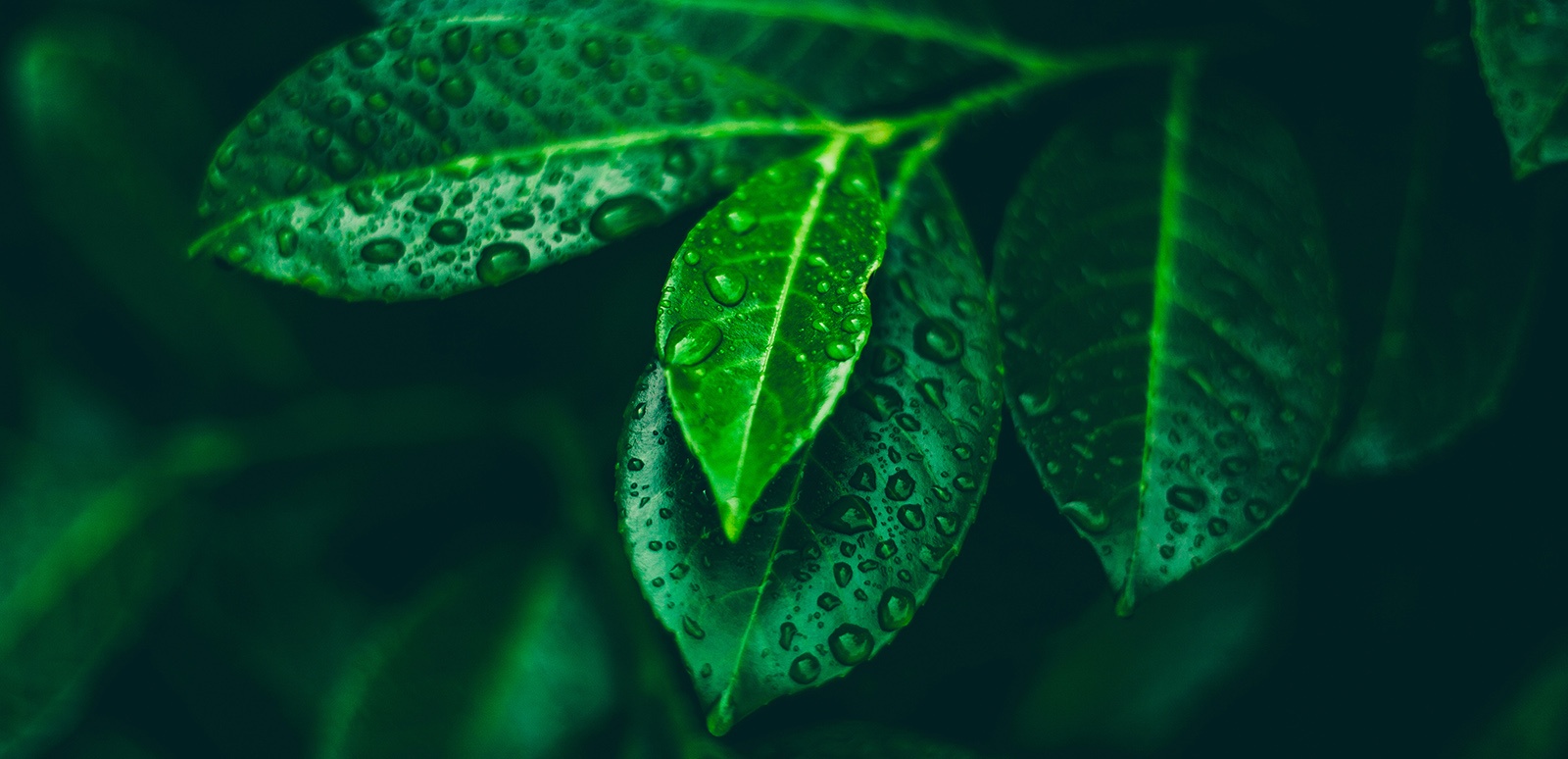Adjuvants are materials normally added to agrochemicals and foliar fertilizers used in crop protection to enhance the efficacy of active ingredients and improve the overall performance of the products to target insect pests, diseases or required deficiency remedies.
Adjuvants enhance product performance by providing more efficient delivery of active ingredients, reducing the level of active ingredient required and extending the spectrum of effectiveness. They modify the properties of the spray solution, which improves the ability of the active ingredient to target and penetrate the target organism. Some adjuvants can be incorporated into formulations; built-in or in-can or can be added separately into the spray tank alongside other agrochemical products; these types are the commonly available in the market.
Some benefits and advantages of adjuvants include
Spray Formation
The formation and dynamics of spray droplets is important in ensuring products reach their intended target. Adjuvants influence spray quality by reducing spray drift and wastage, allowing more of the product to reach the target, leading to a better environmental profile and a potentially more cost effective solution.
Wetting and spreading
Ideally, spray droplets should cover as much of the surface of a target as possible, distributing the active ingredient evenly. Wetting adjuvants reduce surface tension and contact angle leading to enhanced coverage.
Deposit Formation
Within a period of time after sprays, water starts to evaporate from the spray droplets causing the active ingredient to precipitate out and form a deposit on the surface of the leaves. The formation and structure of this deposit can affect the performance of the active ingredient. Adjuvants in this case influence the evaporation of water from the droplets, leading to a more homogeneous distribution of the deposit structure.
Uptake
For systemic active ingredients to work, they need to be absorbed by the plant so that the active ingredient circulates through the plant’s tissue to the target organisms. Adjuvants improve penetration and uptake of active ingredients, resulting in increased bioavailability.
Some of different adjuvants include;
- a) Non-ionic surfactants; composed of alcohols and fatty acids, compatible with most pesticides and which form the traditional surface adjuvants
- b) The silicone-based surfactants, compatible with most pesticides and which are increasing in popularity due to their superior spreading, wetting, sticking and penetrating abilities
- c) Oil-based surfactants which are a blend of petroleum-based oil and non-ionic surfactants, being petroleum-based oils, they have potential to damage non-target crops.
- d) Fertilizer-based surfactants like Ammonium sulfate normally used with broadleaf herbicide to improve uptake, these kinds should be used with caution because fertilizers used may cause crop injury.
Greenlife offers growers with an organo silicone based surfactant called INTEGRA which is proven to be more effective than ‘traditional’ adjuvants. This product helps enhance efficacy of pesticides, offers reduced applications especially with fungicides in crop disease control, Its non-phytotoxic with little influence on parasites and predators used in IPM and principally suitable for tank mix applications with all pesticide formulations. Growers should therefore ensure INTEGRA incorporation in all sprays mixes.







